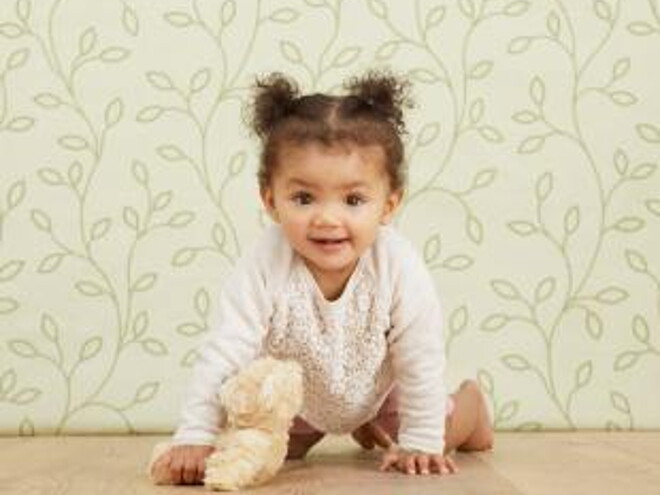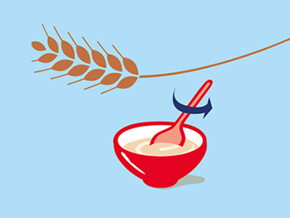
Infant Toilet Training
In the first few days, you may not know what's best for the baby's hygiene. The same goes for your baby's bedding and clothes and soft toys. Follow our advice for the best techniques!
For your baby's health and comfort, it is important to bath them every day and to keep their favourite objects clean. But don't go overboard. To reinforce their natural defences, your baby needs to be confronted with bacteria, microbes and other nasty germs daily. An overview of how to manage baby's hygiene routine.
A-Z of baby hygiene
Bathtime is a special time for sharing with your baby. You should be well organised and have everything ready to hand to make the most of it! Here is a list of the essential products:
- soap-free cleansing gel for their delicate skin,
- gentle shampoo for their fine hair,
- cleansing milk for their little face,
- nappy cream,
- physiological saline solution,
- cotton wool,
- wipes.
Check-list
Bathtime. Babies love bathtime! For their safety, you should never leave your baby unattended. Make sure that they do not get cold. The temperature of the room should be between 20 and 24 °C, and that of the bathwater between 37 and 38 °C.
Changing the nappy. The buzz word here is organisation! You can place everything you need next to the changing table: nappies, wipes, cleansing milk, clean clothes, bin. Make sure you dry the skin in between the folds before putting on a clean nappy.
The face. A cotton pad with a spot of cleansing milk or cleansing water is sufficient. You can finish with a suitable moisturizing cream to protect their skin.
The eyes. Dampen a compress with physiological saline solution and smooth over the eyes gently, from the inside corner to the outside.
The ears. Here you should be extremely gentle and you should not use cotton buds but a piece of cotton wool to clean the flap of the ear and behind the ear.
The nose. A delicate operation! Twist a small piece of cotton wool dampened with physiological saline solution, and insert it into the nostrils to clean them. You can also use a baby nasal aspirator
The nails. Nails should be cut regularly, and you should keep them rounded and not too short.
The umbilical cord. Clean the umbilical cord two to three times per day with a compress dampened with disinfectant, until it falls off (after around two weeks).
Baby boys - Retracting the foreskin This involves pulling back the foreskin to clean the glans and is today advised against by a number of paediatricians. We now know that this practice does not prevent phimosis (infection of the foreskin). Regular hygiene is sufficient.
Other hygiene rules
Soft toys, and favourite toys must also be cleaned regularly. The more resistant toys can go in the washing machine but hand washing should be preferred for the more fragile ones.
Baby's clothes and underwear should be washed every day even though a carrot stain on a cardigan is not that dramatic! You should wash bibs, towels and bedding at 60 °C. In any case prefer a gentle washing powder for their sensitive skin.
Baby's room should also be "cleaned" daily. You should air their room for about 10 minutes each day. Brush or hoover regularly and use natural cleaning products.
Opinion
The baby nasal aspirator is an essential accessory when your baby has a cold. The easiest to use and the cheapest is the "bulb" version as all you need to do is squeeze it. Manual or electric baby nasal aspirators are also available.
To protect your baby's sensitive skin and health, you should avoid using products containing parabens . These chemical substances disturb the endocrine system. Prefer paraben -free or organic cosmetic products.




















